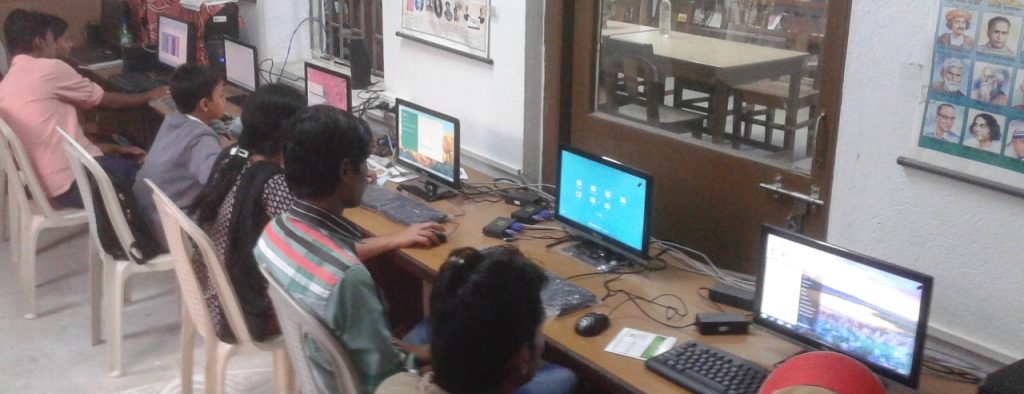Interview with Vinay Jaju
Co-founder and COO at ONergy, Head at Switch ON
“Energy is not the end. It’s just the means to the end”.
Vinay Jaju’s interest in environmentalism first got serious while he was working in Australia and got involved with local forest conservation efforts. When he returned to India in 2008, he was determined to do something for the environment. Together with his brother and his wife, he started a nonprofit that focused on building environmental awareness and sustainability.
“That led to setting up ONergy a year later,” Jaju says. The company’s startup capital largely came from the three partners’ personal savings, and the goal was to bring renewable energy to India’s poorest and most isolated people. “We didn’t approach this challenge from a tech point of view in the initial phase,” Jaju recalls. “Solar technology had been around for a while. The challenge was the availability of it”.
So the company built partnerships with financial institutions, which helped villagers pay for solar lighting equipment. By 2010, ONergy had sold 2,000 lighting systems and built three Renewable Energy Centres, where trained staff explained the benefits of solar technology, made sales, and recruited part-time “village entrepreneurs”.
Solar lighting brought significant impacts. In the pitch darkness of the rural night, venomous snakes often bit villagers running errands on their land. Once they had solar lamps, the numbers of snakebites declined quickly. And villagers with solar lighting burned less kerosene, which benefitted their health and allowed children to study at night more effectively.
Not just light
But customers didn’t just want lights. Soon they were asking for televisions and electric fans, and ONergy began expanding the range of products it sold. Then, in 2013, the company decided to start designing and manufacturing its own technology. The first product they built themselves was a charge controller—a device that determines how current flows in and out of the battery in a solar system. Before long, ONergy was manufacturing its own solar fans, computers, and television sets.
Today, ONergy employs about 100 full-time workers, and brings in annual revenue of about US$3 million. The company has sold about 60,000 products to households and institutions. It has set up about 250 microgrids that provide electricity to groups ranging in size from a few families to a whole village, 190 solar pumps to improve crop productivity, and 54 grid-interactive rooftop solar arrays for decentralised, distributed power generation.

Bringing every Indian village into the grid?
But Jaju says the company still needs to constantly evolve. That’s especially true as the government of Narendra Modi moves forward with its goal to bring every Indian village into the grid.
“People ask me what I think of that, as a solar entrepreneur who’s focused on decentralised power,” Jaju says. “I don’t have a problem with it at all.” He believes ONergy’s has room to thrive in an on-grid market. “Where will the power come from?” he says. “It cannot all be generated centrally. We won’t have the resources to sustain central power generation through coal”.
As more and more of its customers obtain grid access, they are developing their own strategies for balancing between solar and grid power. Many villagers rely on solar power, which is free, until it runs out, and then switch to grid power. However, because grid power may be available only at specific times of the day, the strategies can get complex.
“I have seen households that do all their lighting by solar and run the fans from the grid,” Jaju says. “Consumers are really smart and they figure out how to combine solar with the grid system”.

ONergy’s future
When he thinks about the future of ONergy, Jaju says he hopes his company will become known as the most innovative solar company in India. Part of the strategy is for ONergy to begin offering its own financing, which today comes entirely from partners. Jaju describes that as an “energy-as-a service model,” and says the company is likely to provide financing for larger systems designed for communities and institutions, while continuing to partner with financial groups to finance smaller solar kits.
Jaju is proud of the difference the company has made in the villages where it works. Residents who tend to leave for the city because they don’t have a livelihood, he points out, and ONergy has focused on using solar to expand rural incomes. Jaju points to a village in the Nadia region of West Bengal, where ONergy helped bring many different solar solutions that all work together to improve farmers’ revenues. “There are farmers in that village using solar for lighting, irrigation, cooling, and they are farming organically,” he says. These developments save farmers fuel expenses while boosting their incomes.
“A farmer in that village told me ‘It brought back pride in our life,’” Jaju says. “That for me is the biggest achievement we could have”.
—James Trimarco, Writer and researcher




